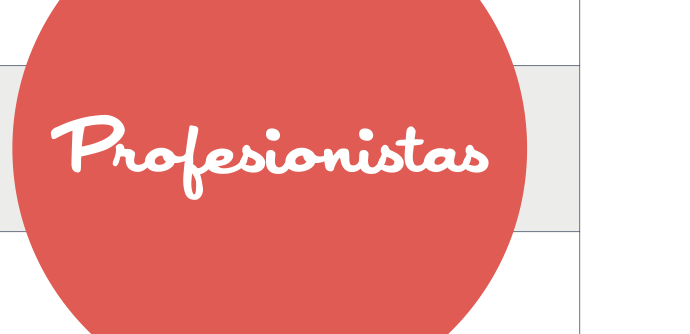Human Resource areas in companies know that information is what they need and the job exchanges of the universi- ties already know –in the majority of cases- because their graduates are rejected. And, in contrast with other themes in education that are either politicized or are, by nature, controversial, there are no “good” or “bad” actors, only actors who need more information for making more thoroughgoing decisions and to generate greater benefits for themselves and for the society.
Because of all of this, this project seeks to generate and share information on the competencies that, in the opinion of the companies, are the most important and the scarcest. The information that is presented in summarized form in this report can be consulted in depth at (www.Profesionistas.org.mx).
In the first chapter and very briefly we analyzed the current situation, in terms of coverage and quality, of educa- tion in our country. In the second chapter we described the causes and characteristics of the gap between the supply of and demand for competencies existing in our country. In the third chapter we defined what is understood in this investigation by competency and we presented a list, by category, of the competencies evaluated. In the fourth chap- ter we presented the result of our investigation related with the employment situation of young people and with the practices of recruiting young people engaged in by the companies. In the fifth chapter we presented information on the link-up between companies and IHE. In the sixth chapter we grouped the most important and scarcest competen- cies that we found in our study by state. In the seventh chapter we presented the most and least important and most and least scarce competencies by area. In the eighth chapter we mentioned in timely fashion recommendations for the three actors: authorities, companies and IHE. Finally in the ninth chapter we presented the conclusions of the study. Two annexes can be found, the first with the description of the methodology that we employed, and the second, with data and more detailed information on the coverage and quality of education in our country.
Read the document.
La reproducción total de este contenido no está permitida sin autorización previa de CIDAC. Para su reproducción parcial se requiere agregar el link a la publicación en cidac.org. Todas las imágenes, gráficos y videos pueden retomarse con el crédito correspondiente, sin modificaciones y con un link a la publicación original en cidac.org




